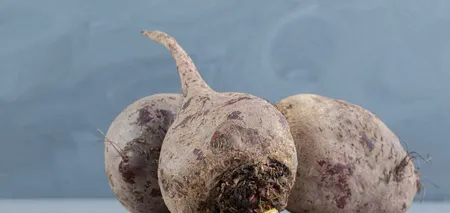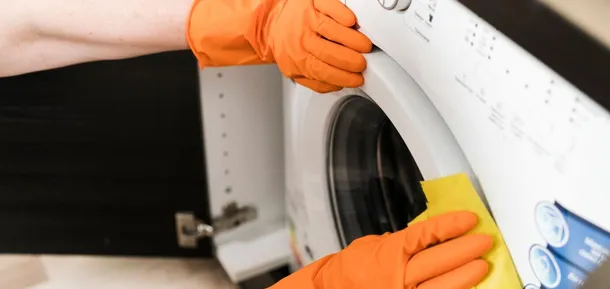News
Scientists find a possible explanation for the "fountain of youth" in the center of our galaxy
The IRS13 star cluster near the central black hole Sagittarius A* (Sgr A*) in our Milky Way galaxy is surprisingly young and challenges current theories of star formation. This discovery was made possible by decades of data and the James Webb Space Telescope.
This is stated in the study, the results of which were published in the scientific journal The Astrophysical Journal. An international team of researchers led by Dr. Florian Peisker from the Institute of Astrophysics at the University of Cologne (Germany) studied the IRS13 star cluster in detail and found that it is much younger than expected.
The cluster itself was discovered more than 12 years ago, but its members have been identified only now by combining data sets from several telescopes that have been collected over several decades.
It turned out that the stars in the cluster are extremely young and are "only" a few hundred thousand years old. This is a very young age for stars, especially when compared to our Sun, which is 5 billion years old.
At the same time, scientists know that so many young stars cannot exist near a supermassive black hole, as this is prevented by high-energy radiation and the tidal forces of the galaxy. So the scientists tried to find out how they were formed there.
The study showed that IRS13 had a complex formation history. According to scientists, it could have been attracted to a supermassive black hole under the influence of various factors.
When the gravity of the black hole "captured" the cluster, a bow shock wave was formed at its leading edge, reminiscent of the bow of a ship cutting through water. As a result, there was a jump in dust density, which could have caused further star formation. This process, according to scientists, can explain why the youngest stars in the cluster are located mainly at its top or front.
Peisker explained that the IRS13 analysis and interpretation of the cluster is "the first attempt to solve the decades-old mystery of unexpectedly young stars in the Galactic Center."
He also said that even closer to the black hole is another cluster, the so-called S-cluster, which also consists of young stars that are "much younger than would be expected according to accepted theories."
The second author of the study and a scientist at Masaryk University in Brno (Czech Republic), Dr. Michal Zajacek, explained that the IRS13 star cluster is the first time "we have been able to detect stellar populations of different ages - hot main-sequence stars and young forming stars - in a cluster located so close to the center of the Milky Way."
Earlier, OBOZ.UA reported that the black hole in the center of our galaxy probably has a mysterious satellite.
Subscribe to OBOZREVATEL's Telegram and Viber channels to keep up with the latest developments.




























